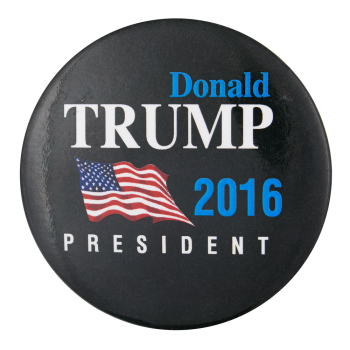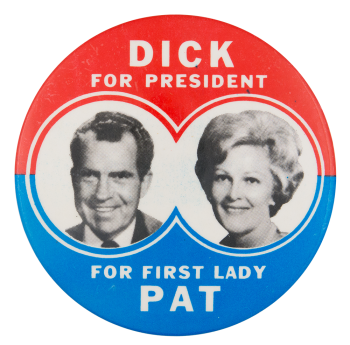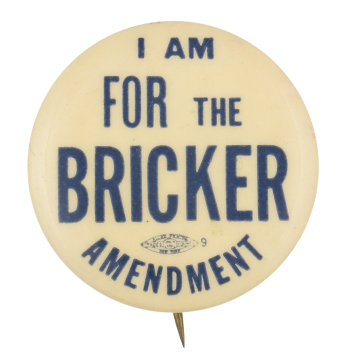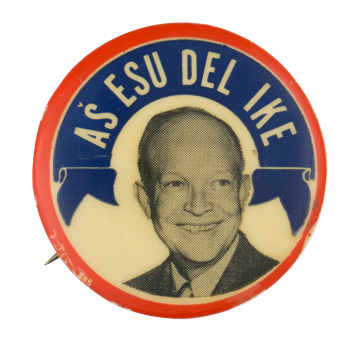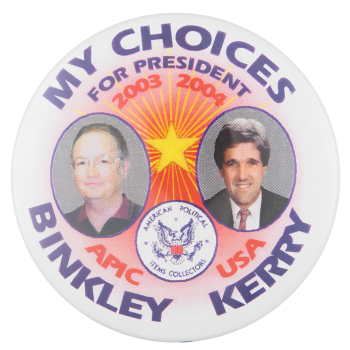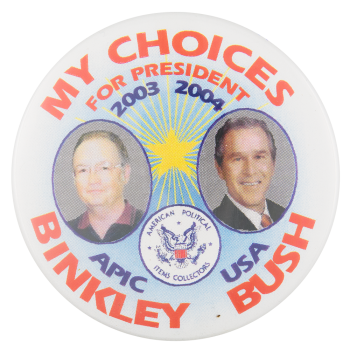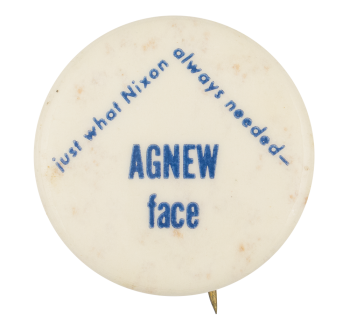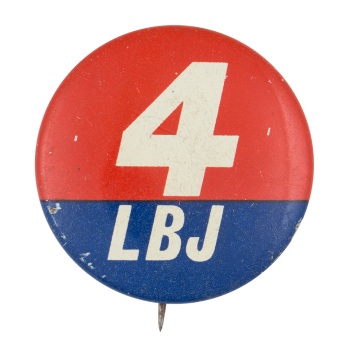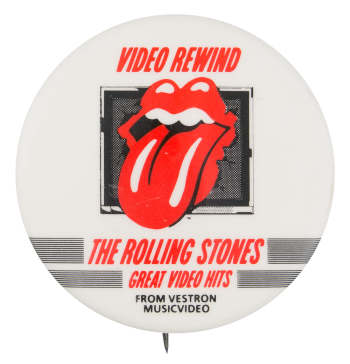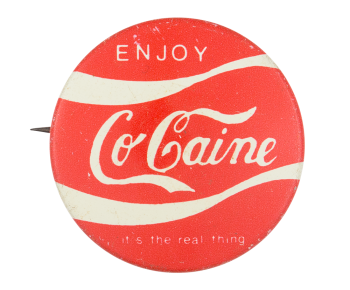Donald Trump 2016
| Category | |
|---|---|
| Additional Images | |
| Sub Categories | |
| Text on Button | Donal TRUMP 2016 PRESIDENT |
| Image Description | Blue and white text and an illustration of an American flag on a black background |
| Curl Text | union bug |
| Back Style | |
| The Shape | |
| The Size | |
| Year / Decade Made | |
| Additional Information | Donald J. Trump ran under the Republican banner in the U.S. 2016 Presidential Election defeating the popular Democratic Candidate Hillary Clinton to secure the Presidency. Despite controversial speeches and interviews along with allegations of sexual misconduct towards women in his employ, Trump still polled highly among his supporters and Republicans alike. However, Trump was unable to secure the majority of the popular vote (only 46%) but was able to acquire a majority of the electoral vote (304 of the 270 votes needed) to cement his victory making him one of few Presidents not to receive the majority of the popular vote but still win. |
| Catalog ID | PO0906 |

